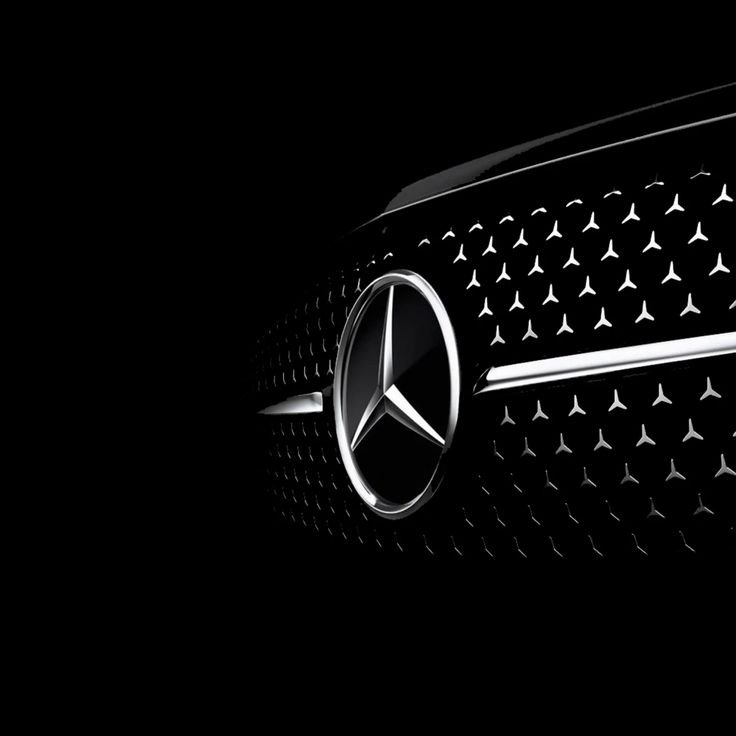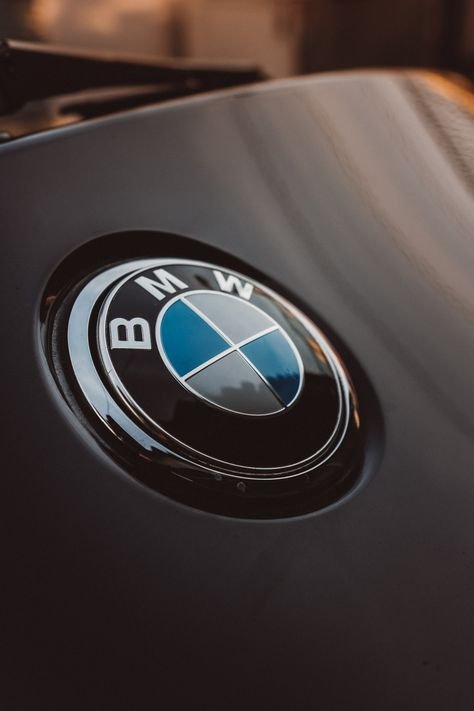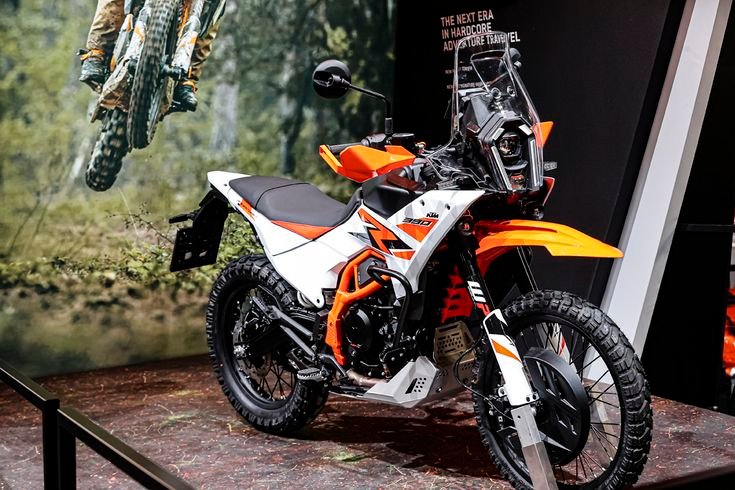
The Indian automotive industry is facing a challenging period, with declining sales and significant unsold inventory. In response, leading manufacturers Tata Motors and Mahindra & Mahindra (M&M) have undertaken aggressive pricing strategies to stimulate demand and clear their stock. This article explores the current state of the Indian automotive market, the reasons behind the price cuts, and the potential impact on the industry.
Current Market Scenario
Decline in Car Sales
Retail car sales in India registered a year-on-year (Y-o-Y) drop of 6.7 percent in June 2024, marking the biggest dip in two and a half years. This decline can be attributed to various factors, including economic slowdown, rising fuel prices, and changes in consumer preferences. The automotive sector, a significant contributor to the country’s GDP, is under immense pressure to adapt and innovate.
Unsold Inventory
Dealers across India are grappling with approximately Rs 60,000 crore worth of unsold inventory. This overstock situation is straining the financial health of dealerships and manufacturers alike. The ongoing monsoon season is also expected to affect footfall in showrooms, further complicating the situation.
Price Cuts: A Strategic Move
In a bid to revive consumer interest and stimulate sales, Tata Motors and M&M have announced substantial price cuts on some of their popular models. This section delves into the specifics of these pricing strategies and the rationale behind them.
Tata Motors’ Strategy
Price Reductions
Tata Motors has slashed prices on its flagship SUVs, the Harrier and Safari, by up to Rs 70,000. The revised pricing for these models is as follows:
- Tata Harrier: Earlier priced at Rs 15.49 lakh, now available at Rs 14.99 lakh.
- Tata Safari: Earlier priced at Rs 16.19 lakh, now available at Rs 15.49 lakh.
- Additionally, Tata Motors is offering benefits of up to Rs 1.4 lakh on popular SUV variants.
- For electric vehicles such as the Nexon.ev, the benefits go up to Rs 1.3 lakh, and for the
- Punch.ev, consumers can avail benefits of up to Rs 30,000. These offers are valid until July 31, 2024.
Celebrating Milestones
Tata Motors’ pricing strategy coincides with the celebration of selling over 2 million SUVs in India. This milestone underscores the company’s dominance in the SUV segment and its commitment to meeting diverse consumer needs. Vivek Srivatsa, Chief Commercial Officer, Tata Passenger Electric Mobility, emphasized the company’s understanding of the SUV segment and its ability to offer the right product for every customer.
Mahindra & Mahindra’s Strategy
Price Reductions
M&M has announced special ex-showroom pricing for all AX7 variants of their XUV700 SUV, effective for four months starting July 10, 2024. The revised pricing for the AX7 range is as follows:
AX7 Range: Earlier priced at Rs 21.54 lakh, now available at Rs 19.49 lakh, a reduction of Rs 2.05 lakh.
New Variants and Features
In celebration of the XUV700’s third anniversary and the milestone of selling around 200,000 units in less than three years, M&M has introduced new variants like the AX5 Select, MX 7-seater, and Blaze edition. The AX7 range now features amenities such as a panoramic sunroof, dual 26.03 cm HD Super-screen, Level-2 ADAS with Adaptive Cruise Control, and a 3D audio system with 12 Sony speakers.
Government Support and Market Dynamics
Waiver of Registration Fees
Interestingly, the price cuts come a day after the Uttar Pradesh government waived registration fees on strong hybrid cars, effectively reducing their on-road prices by up to Rs 4 lakh. This move by the government is expected to further stimulate demand for hybrid vehicles and provide a boost to the automotive industry.
Impact on the Automotive Market
The pricing strategies adopted by Tata Motors and M&M are likely to have several implications for the Indian automotive market:
Stimulating Demand
The primary objective of these price cuts is to revive consumer interest and stimulate demand. By making popular models more affordable, Tata Motors and M&M aim to attract price-sensitive customers who may have been hesitant to make a purchase due to economic uncertainties.
Clearing Inventory
Reducing prices and offering benefits is a strategic move to clear unsold inventory. This approach helps manufacturers reduce the financial burden of maintaining large stocks and provides dealers with an opportunity to boost sales and revenue.
Competitive Advantage
In a highly competitive market, price cuts can provide a significant advantage. By offering attractive deals, Tata Motors and M&M can differentiate themselves from competitors and potentially increase their market share.
Long-term Brand Loyalty
Providing value through price reductions and additional benefits can enhance brand loyalty. Customers who perceive that they are getting a good deal are more likely to develop a positive association with the brand, leading to repeat purchases and referrals.
Challenges and Considerations
While price cuts can be an effective strategy to boost sales, there are several challenges and considerations that manufacturers need to keep in mind:
Impact on Profit Margins
Reducing prices can impact profit margins, especially if the cost reductions are not offset by an increase in sales volume. Manufacturers need to carefully balance the pricing strategy to ensure long-term profitability.
Market Perception
Frequent price cuts can sometimes create a perception that the brand is struggling, which can affect consumer confidence. It is important for manufacturers to communicate the rationale behind the price reductions effectively.
Long-term Sustainability
Price cuts can provide a short-term boost in sales, but long-term sustainability requires continuous innovation and adaptation to changing market dynamics. Manufacturers need to focus on product development, customer engagement, and after-sales service to ensure long-term success.
The Future of the Indian Automotive Market
The Indian automotive market is poised for significant changes in the coming years. Several factors will influence the future trajectory of the industry:
Shift Towards Electric Vehicles
The Indian government’s push towards electric vehicles (EVs) presents both opportunities and challenges for manufacturers. Companies that invest in EV technology and infrastructure can tap into this emerging market. Tata Motors, with its Nexon.ev and Punch.ev models, is well-positioned to capitalize on this trend.
Changing Consumer Preferences
Consumers are increasingly looking for vehicles that offer a combination of performance, safety, and technology. Manufacturers need to focus on understanding consumer preferences and developing products that meet these evolving needs.
Government Policies and Incentives
Government policies and incentives will continue to play a crucial role in shaping the automotive industry. Support for hybrid and electric vehicles, tax benefits, and infrastructure development are some of the areas where government intervention can provide a significant boost to the industry.
Tata Motors and Mahindra & Mahindra’s recent price cuts on popular models are a strategic response to the challenging market conditions in the Indian automotive industry. By making their vehicles more affordable and offering additional benefits, these manufacturers aim to revive consumer interest, clear unsold inventory, and gain a competitive edge.
The success of these strategies will depend on various factors, including market response, economic conditions, and government policies. While price cuts can provide a short-term boost in sales, long-term sustainability will require continuous innovation, customer engagement, and adaptation to changing market dynamics.
As the Indian automotive market evolves, manufacturers need to stay ahead of the curve by investing in new technologies, understanding consumer preferences, and leveraging government support. The journey ahead is challenging, but with the right strategies, Tata Motors and M&M can navigate these complexities and emerge stronger in the post-pandemic world.
ALSO READ: Electric Truck Showdown: Rivian R1T vs. Ford F-150 Lightning





